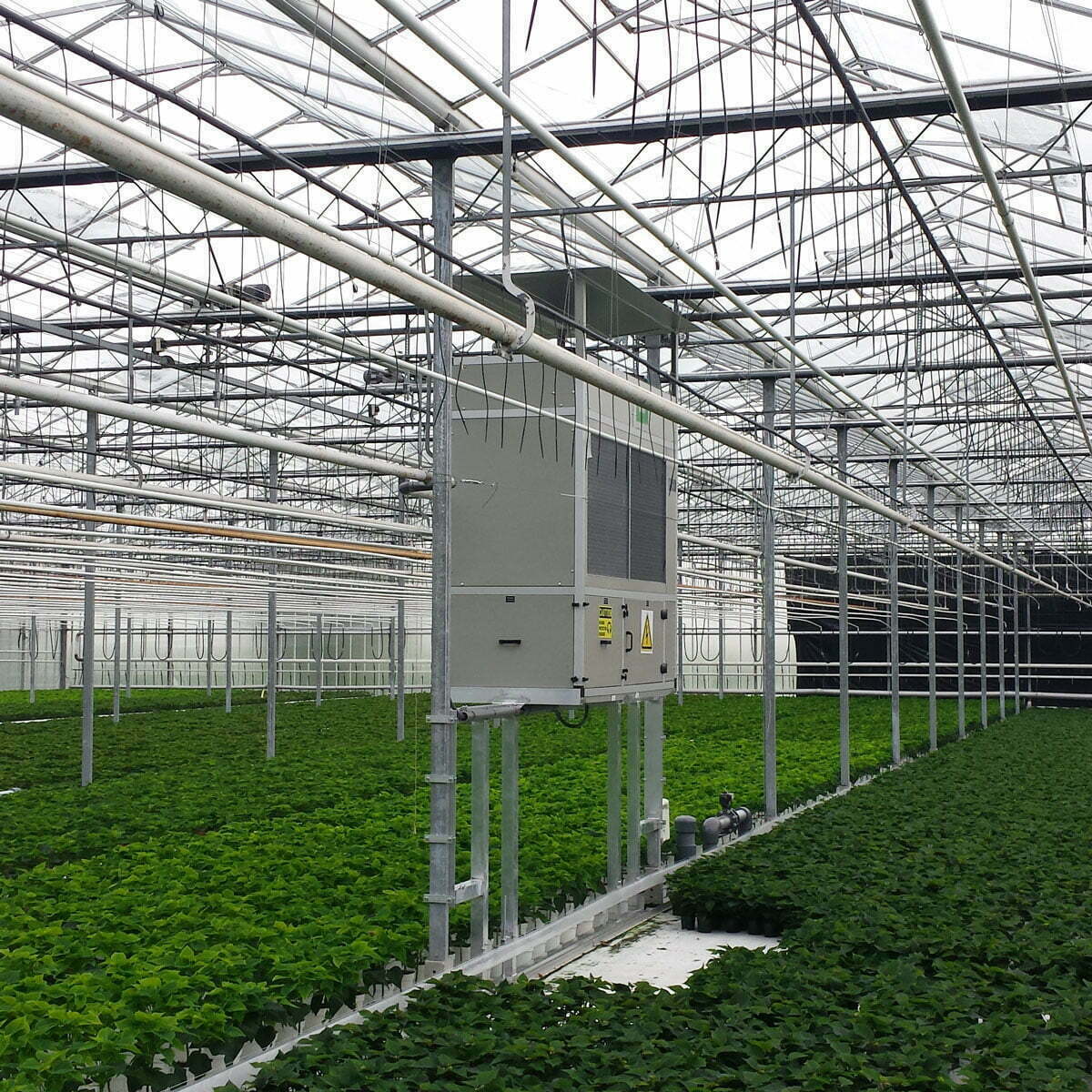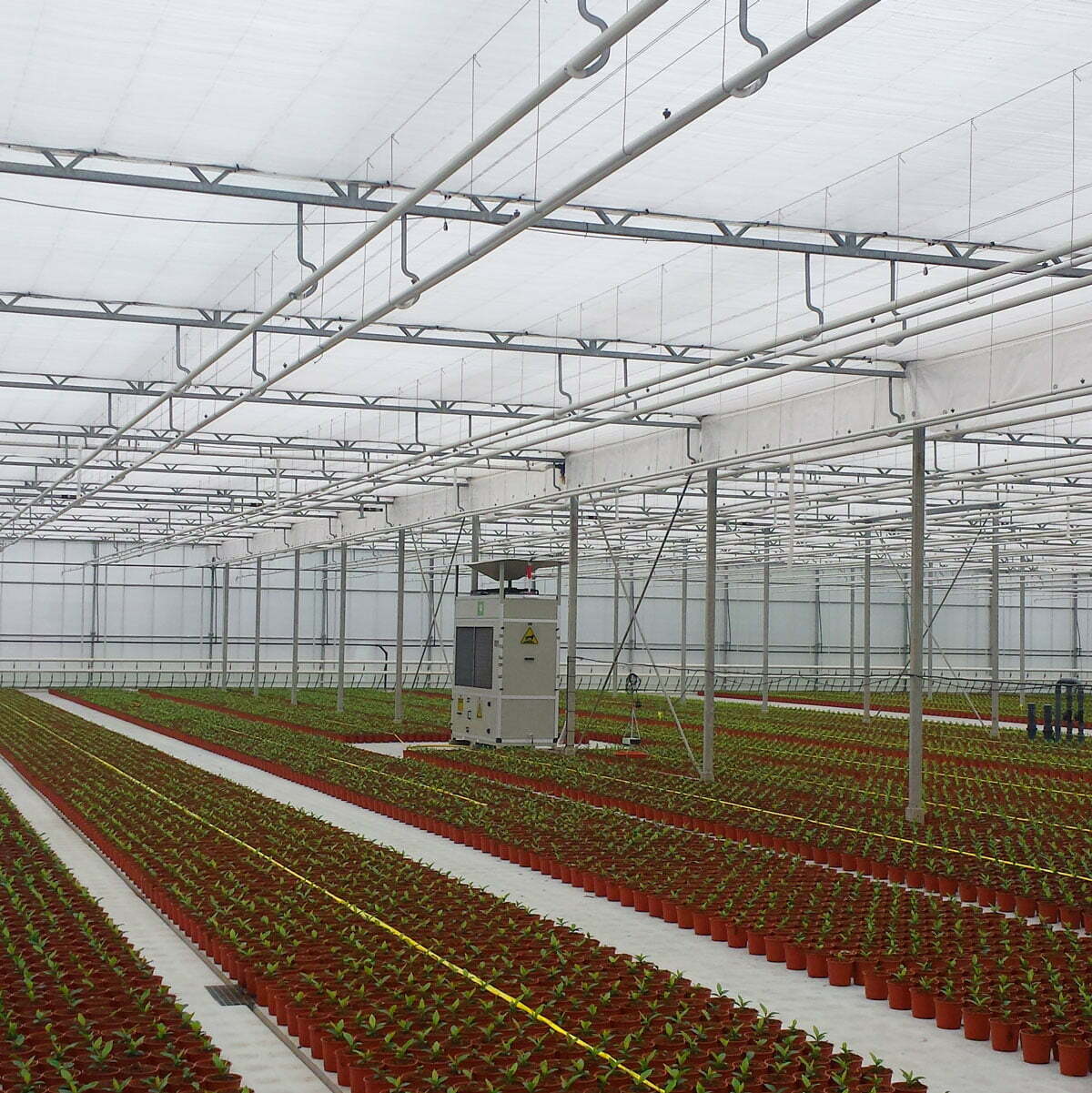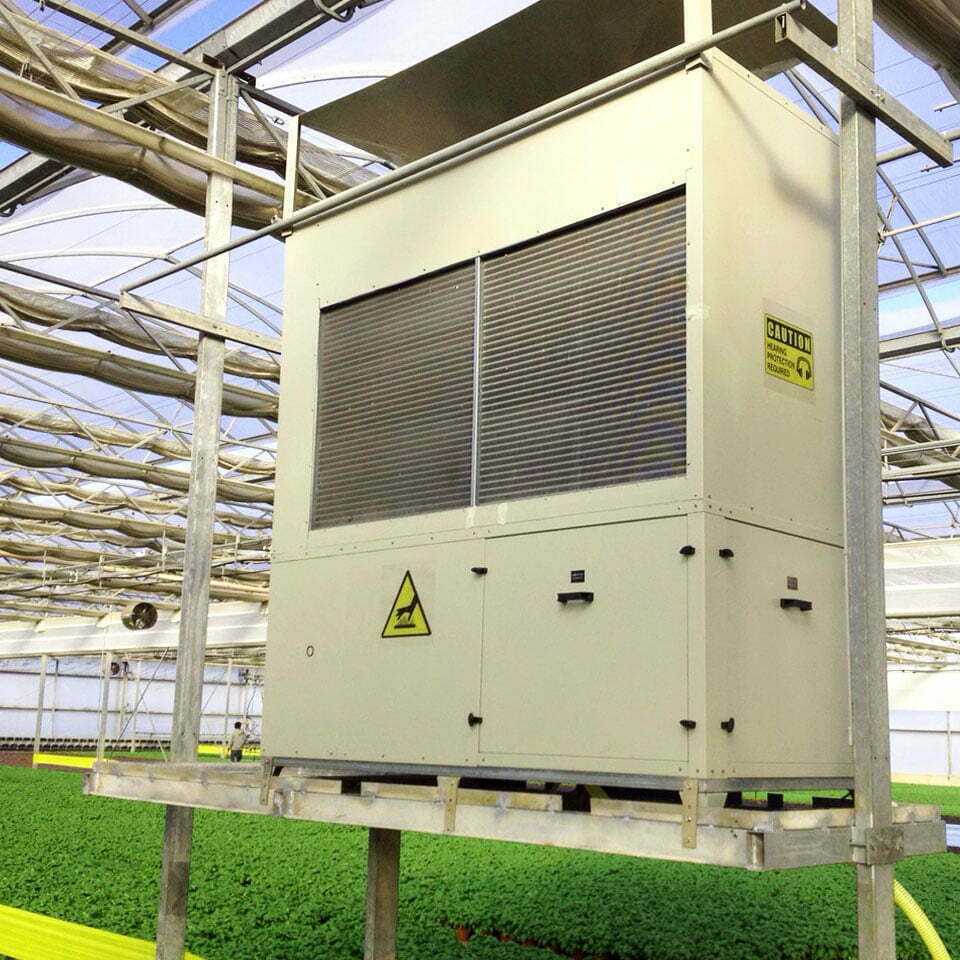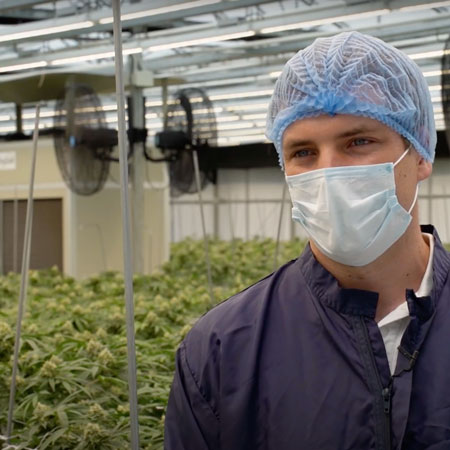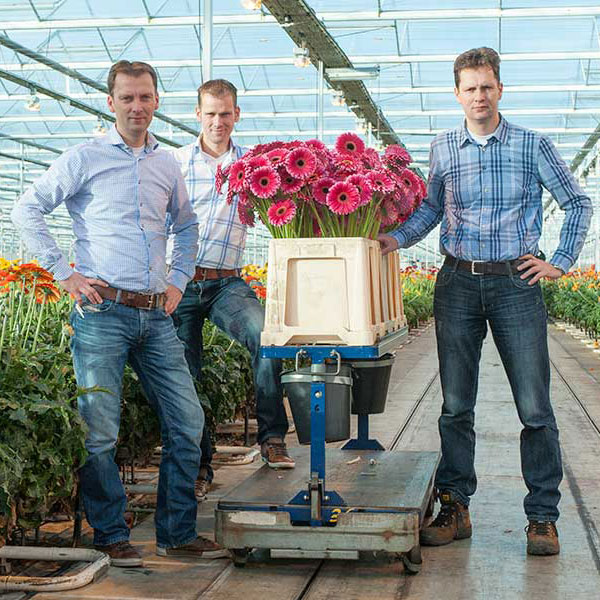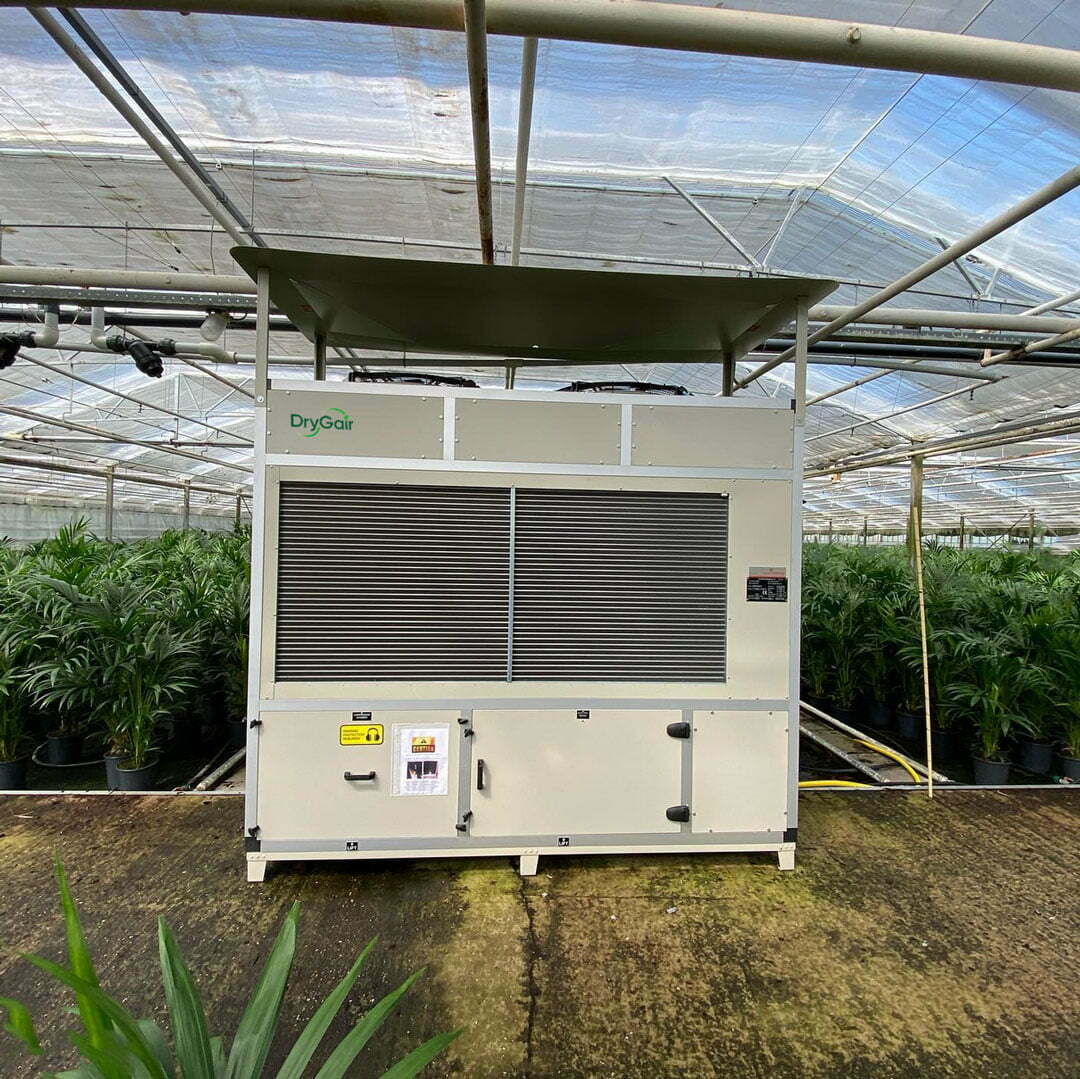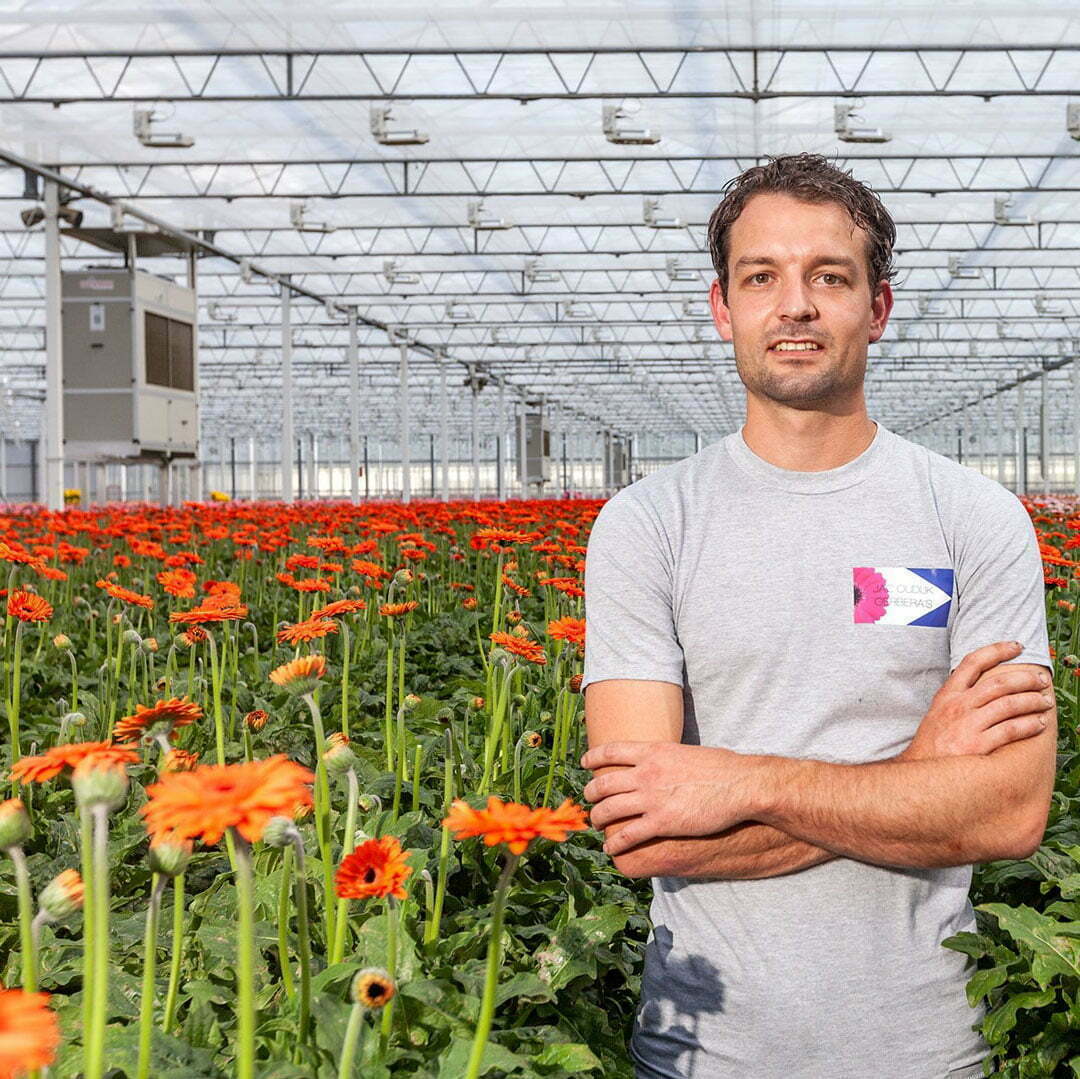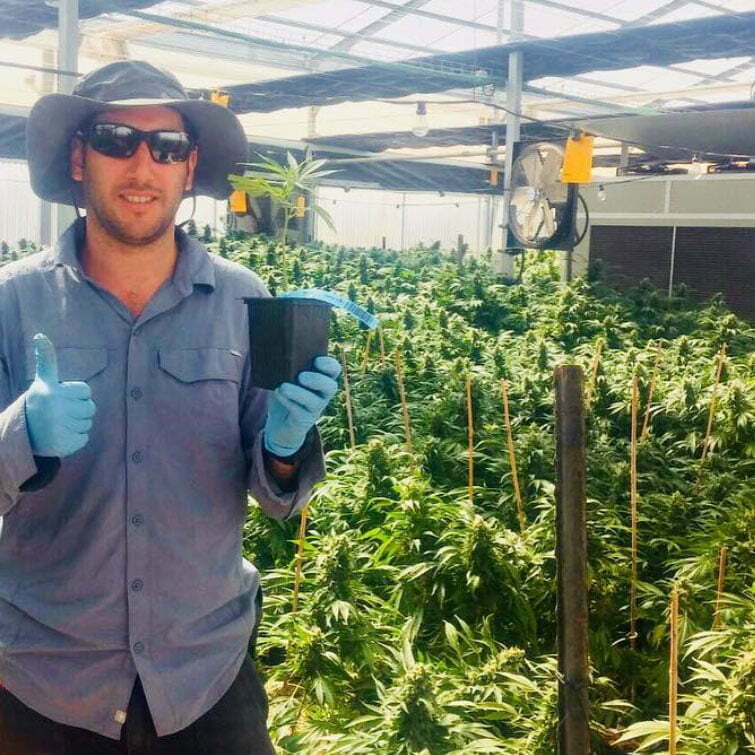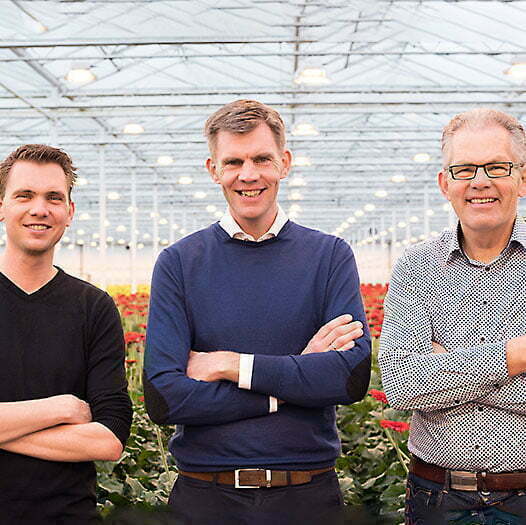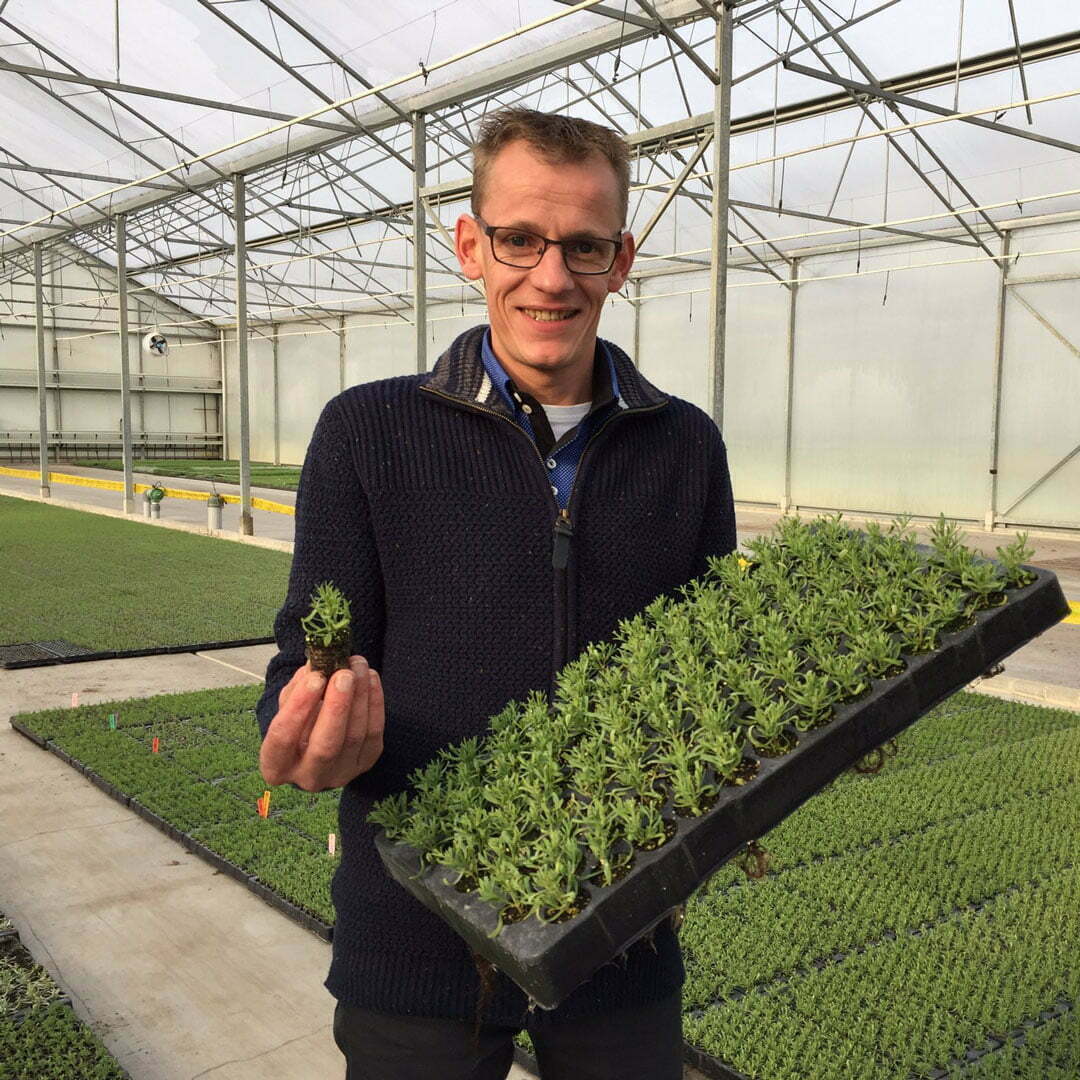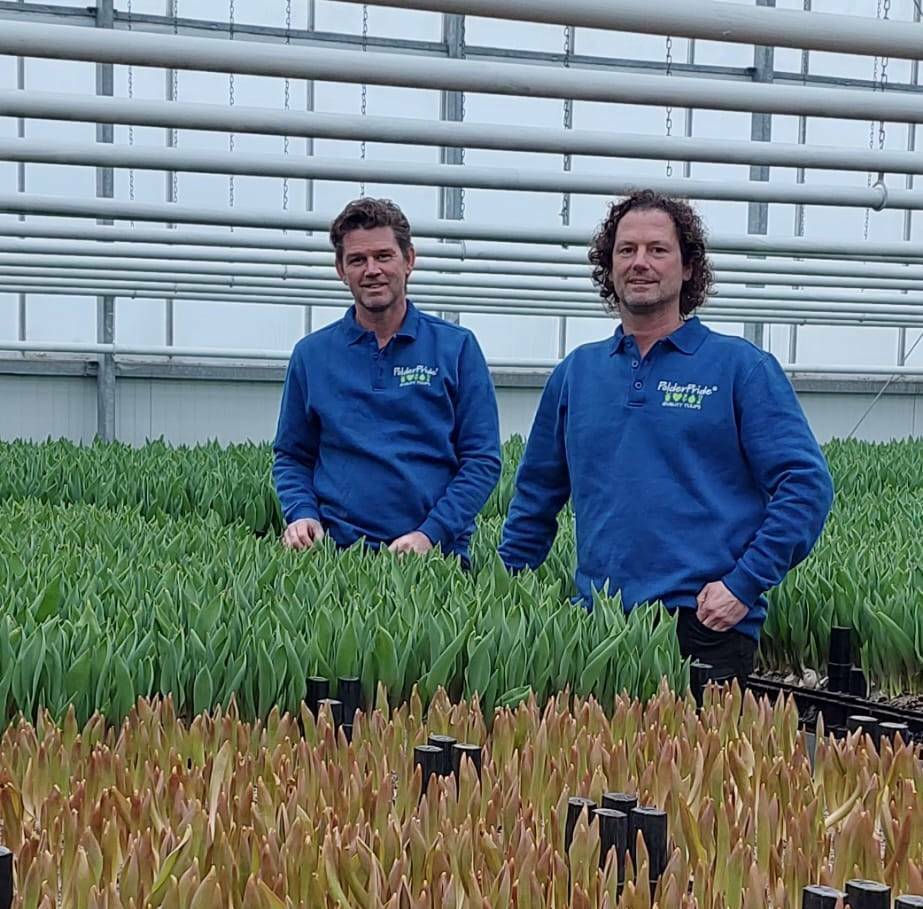Dehumidification & Humidity Control
Reducing the energy usage in agriculture is one of DryGair’s core missions. Our line of DG dehumidifiers provides growers the most efficient solution to humidity, saving 50% on energy compared to alternative solutions.
What is Humidity?
Humidity is water vapor found in the air
In any closed or semi-closed growing facility, humidity is created by the plants’ evapotranspiration and through soil evaporation, in addition to the humidity naturally found in the air.
Humidity is a critical factor in horticulture climate control. It plays a major role in plant metabolism and respiration, as well as in the development of common greenhouse diseases and molds.
Dehumidification is a Necessity
Humidity and temperature are interconnected and affect one another, making humidity a major part of climate control.
When the air becomes saturated with water vapor, meaning it reaches the dew point, liquid water begins to appear.
Condensation may occur either by an increase in the amount of water vapor, or a decrease in temperature. Dangerous levels of humidity may be detected by the appearance of water on leaves or greenhouse structural elements. When this occurs, plant growth is halted, and mold and disease development is initiated.
DryGair allows professional growers to take full control of their climate
Traditional Dehumidification Methods are Inefficient
Traditional methods, such as heating and venting, are inefficient in maintaining optimal greenhouse climate conditions.
Relying on ventilation for humidity reduction requires specific weather conditions and may not always be effective.
Additionally, constantly exchanging air requires excessive heating, increasing energy consumption and expenses.
Combining humidity and temperature regulation provides better consistency and control over climate conditions and energy use, directly affecting an growers’ bottom line.
High Humidity Causes Mold and Disease Outbreaks
Humidity related diseases and molds, such as botrytis and downy mildew are commonly found in greenhouses and closed growing facilities, causing high percentages of yield loss.
Symptoms of dangerous humidity levels are often ignored and only reacted to once diseases begin to affect production. It is extremely difficult to eradicate diseases in such situations, and much simpler and cheaper to avoid their appearance entirely, by denying them the humidity they require.
Humidity control is a necessity for commercial greenhouses, and the best way to control it, is with the use of professional dehumidification equipment.
Humidity Control is Complex
Humidity, in any growing facility, changes constantly, making it difficult to control effectively at all times. Understanding the different factors affecting it, provides growers with an additional tool to manage their climate.
Differing weather conditions have a huge impact on the climate inside. For example, temperature drops, such as during dusk, dawn, and overnight, cause humidity to spike.
Geography, climate and season all play a role in deciding the amount of dehumidification required.
Commercial Horticulture Requires Professional Dedicated Dehumidification
DryGair is designed for commercial greenhouses and grow rooms and is optimized for conditions commonly found in these settings. Our high-capacity dehumidifiers ensure ideal and uniform humidity levels, avoiding dew point condensation throughout the space, as well as during extreme periods of temperature drops and humidity spikes.



